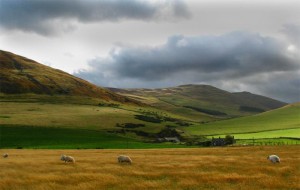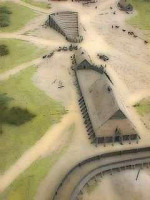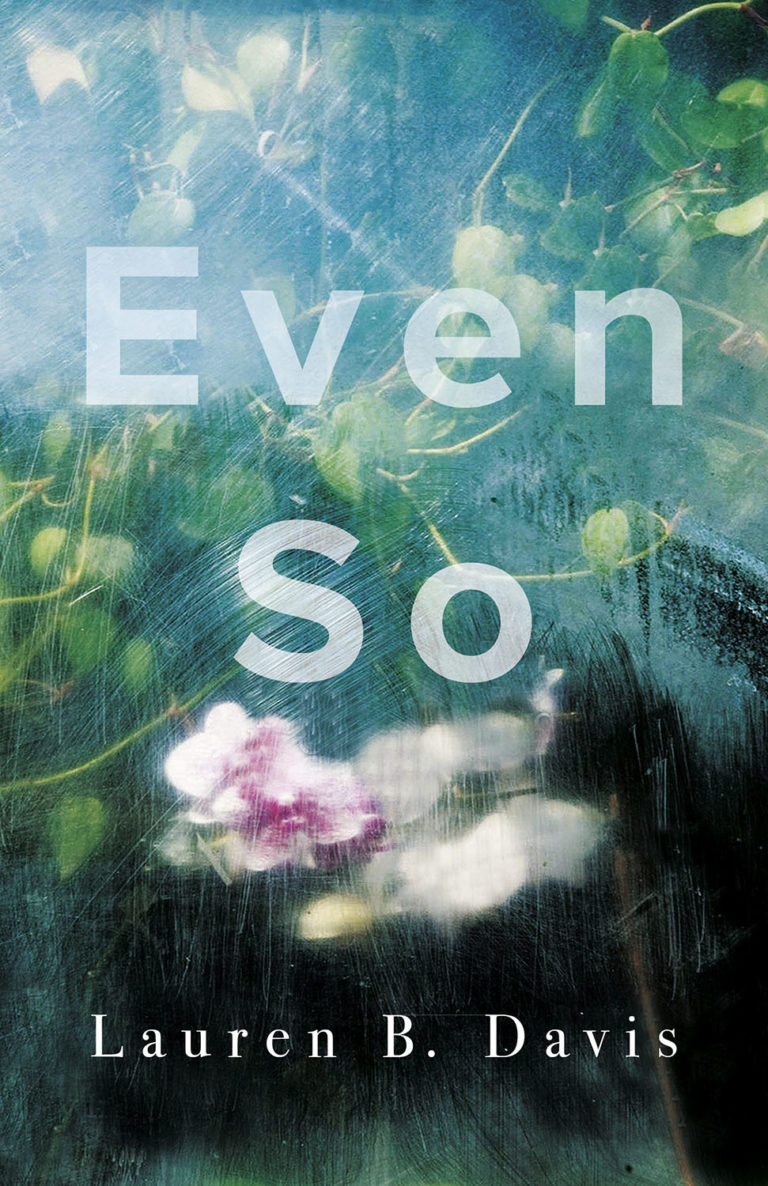Against a Darkening Sky, Backstory
Back in 2007, I was suffering a pretty significant depression. As I am a person who believes in a power greater than myself, I turned to the church I was attending at the time (I no longer attend any church) for comfort and direction. It helped, in some ways, but I was taken aback and, indeed, distressed, by certain pockets of dogmatic rigidity.

The landscape of Ad Gefrin, setting for AGAINST A DARKENING SKY
Eventually, I recovered from this depression, and during my time in the dark abyss I can truthfully say I found a number of gifts and invaluable insights for which I am grateful. However, that clash between one’s personal experience of The Ineffable, and what folks in authority allow is permissible and valid haunted me. I was also being barraged, as we all are these days, by strident shriekers of various faiths insisting they have the one truth — which, it seems to me, generally hides an agenda more political than spiritual .
I began to read about other moments in history when faiths clashes, when kings shifted religious allegiances. I wondered what that would mean for the average person just living their life, worshiping what they held to be sacred in a way that felt proper to them. One of the periods that intrigued me was the early part of the 7th c. in England — then a collection of kingdoms not yet united — when King Edwin turned from paganism to the politically more powerful Christian religion. What might it have felt to have the king appear in one’s village on a fine spring morning and declare the old gods were dead, long live the new God? I read a great deal about St. Hild, born pagan, a ward in Edwin’s court, who went on to found the great double-monastery at Whitby. I thought I might write about her… After all, she is said to have turned all the snakes on the monastery land into stones (the area’s full of ammonites), and not only did popes and kings come to seek her guidance at Whitby, but apparently wild geese bowed down before her. Good blend of the pagan and Christian there, I thought! I began to study, and then decided I’d have to head off to England for a month or so and do some research, which I did in the fall of 2008. You can read a bit about that trip on my blog… here and here and here and here...
It was on that trip, however, that I realized — as fascinating as Hild was — my interests didn’t lay in the heady atmosphere of kings and queens and court politics. Transition interested me, and

Artist’s rendering of King Edwin’s compound in Ad Gefrin (from The Gefrin Trust)
power, yes, but not among the aristocracy. It was in Northumbria, in a place called Yeavering (known as ad Gefrin in the 7th c.), at the end of what My Best Beloved called “The Forced Anglo-Saxon March Northwards” that I began to imagine Wilona, an orphan girl adopted not only by a seeress in one of Edwin’s scatted compounds, but also by the gods and spirits of ad Gefrin and the sacred mountain there. The land felt full of power, and this story was born of that place. Later, the character of Egan the Irish monk appeared, and he is Wilona’s counterpart — both as filled with with experiential sacredness as she, and as confused by political dogma.
Both characters are outsiders, and I have always written about outsiders. Writing about a pagan orphan girl and a monk at odds with the political power of the church hierarchy felt proper for me.
I hope, if you read the novel, you will find it worthwhile.
Here, in case you’re interested, is a breakdown of the Angl0-Saxon calendar…
THE ANGLO-SAXON CALENDAR
| Old English Name | Suggested Meaning of Old English Name | Modern Equivalent |
| [Æftera]-Geol-monaþ | ‘After-Yule-month’ (second passing / changing month) | January |
| Sol-monaþ | ‘[Returning] Sun-month’; also called ‘ Flat Cakes’ Month’ | February |
| Hreð-monaþ | ‘month of Hreða‘ (‘glory-goddess’) | March |
| Eostur-monaþ | ‘month of the Eostre [Easter]’ (goddess of ‘the radiant dawn’) | April |
| Ðrimilce-monaþ | ‘month of Three milkings’ (cows milked three times a day) | May |
| [Ærra]-Liða-monaþ | ‘First Travelling month’ (‘líðian’, to travel, sail, glide) | June |
| [Æftera]-Liða-monaþ | ‘Second Travelling month’ (some years had three) | July |
| Weod-monaþ | ‘Weed-month’ (still a problem) | August |
| Halig-monaþ | ‘Holy month’ (Harvest Month) | September |
| Winter-fylleð | ‘Winter full moon month’ (hunters’ moon: first full moon of Autumn) | October |
| Blot-monaþ | ‘Blood (sacrifice) month’ (surplus livestock killed off before winter) | November |
| [Ærra]-Geol-monaþ | ‘Before-Yule-month’ (first passing / changing / month) | December |
| Modra-niht | ‘Mothers’ Night’ (longest night: birth of the new solar year) | Christmas |
And I found a good article here, in case you’d like more information.
